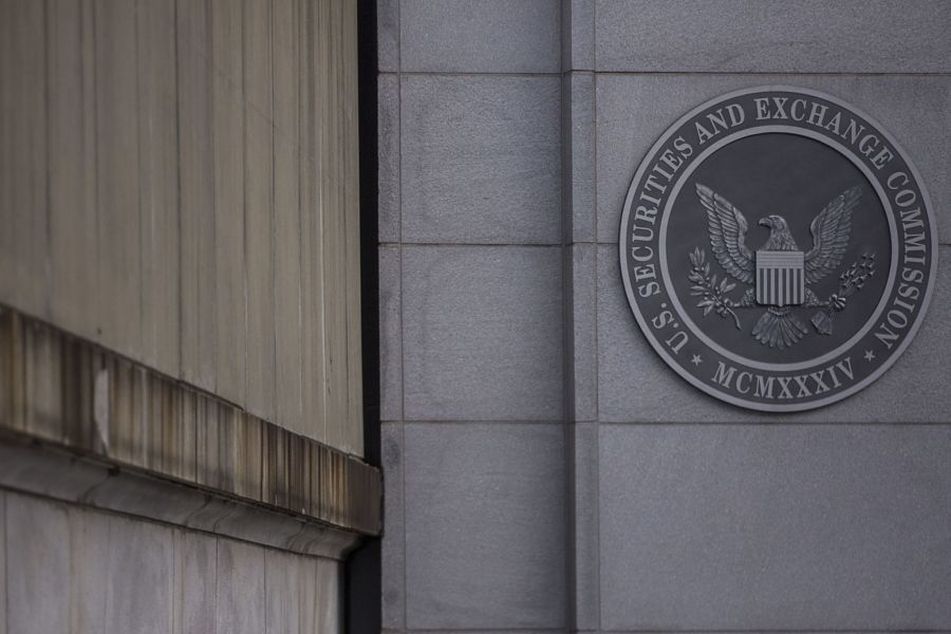Inside the mind of the SEC

Last year, the agency managed to examine about 16% of all advisors, but it aims to do more exams in 2023.
As a former SEC examiner myself, I seem to have an innate ability to know what the SEC is going to do before they do it. As you can imagine, this comes in handy when advising clients on their regulatory compliance and SEC exams. Lately, with the buildup of so much rulemaking, many chief compliance officers and others in the industry seem to be pondering the question of how the SEC will act in 2023. So let’s dive into it.
The Securities and Exchange Commission’s national exam program, now under the division of examinations, known as EXAMS, has changed its approach to exams, while some things remain as they have for many years. The goal now is to expand the volume of exams. Previously, the department was under fire for years for the lack of depth of its examination program, only hitting an average of 9% of all investment advisors annually.
In the last few years, there has been an increase in the number of exams done annually, but still not enough to make a big difference for the industry. There are more than 17,000 SEC registered investment advisors and perhaps only 700 examiners. With each exam taking about eight to 12 months to complete, it’s impossible to have all firms examined in a given year at the current staffing levels. Plus, annual examinations aren’t the SEC’s goal. So what’s the magic number? The SEC just doesn’t know yet, especially since investment advisors aren’t the only firms requiring examination. Mutual funds, private funds, transfer agents, administrators and insurance company separate accounts also fall under the ’40 Act exam program. The “number of exams” math becomes truly problematic once you take these additional firm types into consideration. EXAMS can’t keep up with the industry’s growth at its current staffing levels.
When I was at the SEC back in the 1990s, the goal was to have all firms visited once every five years. It worked on paper back then, but not in reality, since the growth of the industry couldn’t be accounted for in real time each year. The SEC’s structure hasn’t changed much since then. A few more internal offices were created when the SEC took its punches during the financial crisis. A consulting group was hired post-crisis and showed the agency how it could be more efficient. The SEC responded by putting more resources into technology and hiring more outsiders from the private sector, as opposed to promoting from within like most regulatory agencies that operate on a seniority-based system.
The SEC has been making strides in improving its fintech. It wants its regulatory approach to be up to speed with the modern era of technology. However, the industry is still many years ahead of the SEC in how it utilizes technology. The SEC is still trying to figure it out, as it already collects a huge amount of data, mostly via legacy systems. Its biggest problem isn’t the lack of data, but rather information overload and how to analyze the data and organize new systems that produce meaningful information for its EXAMS program.
The examination program now takes a risk-focused approach. Registrants are selected for review based on an algorithm that contains a risk scoring metric. Each time a firm is examined, a new risk score is created, which determines when it’s visited again. No one (outside of the SEC) knows the “secret sauce” of the algorithm, but it makes sense to assume that firms with more examination deficiencies get higher risk scores. But of course, each deficiency type must be weighed by severity, and the overall score is an average risk weighted score.
Last year the SEC managed to examine about 16% of all advisors. With an objective of even more exams in 2023, the industry should be prepared for a SEC goal of 20% or more. But for this to happen, the SEC must conduct risk-focused exams and continue to do more of its work off-site so examiners can be working on more than one exam at a time.
The 2023 examination year began Oct. 1, so we’re already more than three months into the year and the 2023 Examination Priorities letter has yet to be released. Last year, it wasn’t released until March, when the examination year was already half over. It would be much more timely and beneficial to have the priorities letter out in January, as the agency has in years past. However, we do know what the SEC is focusing on already. Thanks to all of the rule proposals released over the past year, as well as finalization of the new marketing rule, the picture is pretty clear. Expect the SEC to conduct sweep exams that may target multiple compliance areas during one of these exams. Private funds and advisors are in the cross hairs, as are brokerages and exchanges regarding transaction transparency.
With greater rulemaking and the goal of increased regulatory oversight on tap for the industry during the next few years, the SEC will need to justify this through an increased volume of exams. SEC Chairman Gary Gensler appears to want to leave his stamp on an industry that will have become more accountable to regulations than it ever has in its history. Plus, SEC priorities often change with the political winds, and there have been a lot of headwinds this past year. With such massive goals, the SEC will need to be smarter, faster, and more efficient with its resources. Will the SEC’s 2023 plans come to fruition? Only time will tell, and the clock is ticking.
Amy Lynch is founder and president of FrontLine Compliance.
‘IN the Nasdaq’ with Colleen Jaconetti, senior manager at Vanguard Investment Advisory Research Center
Learn more about reprints and licensing for this article.




